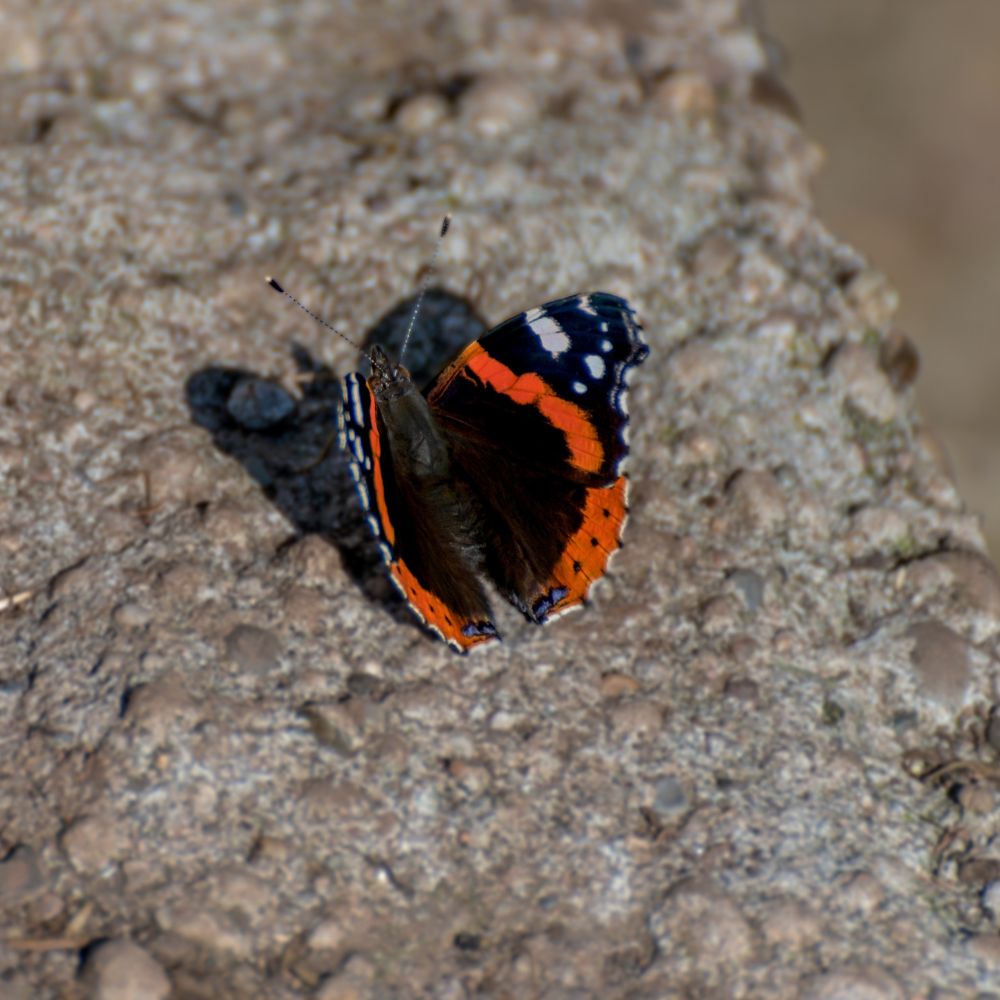Get ready for the Big Butterfly Count!
The Big Butterfly Count 2023 is just around the corner and takes place from July 16th to 18th. The nationwide survey is aimed at helping assess the health of the environment simply by counting the different species and numbers of butterflies that we see.
Butterflies are charming and fragile insects that play a crucial role in pollinating our gardens. In the UK, there are approximately 60 butterfly species, but sadly, their numbers are declining at a faster rate in urban areas. According to a significant scientific report by Butterfly Conservation, around 75% of butterfly species in the UK have experienced population declines in the past decade. Habitat loss is a primary factor, along with intensified land use and the effects of climate change.
During the weekend, the campaign will help people learn how to identify local butterflies and British Garden Centres have some great ideas on how to encourage these beautiful and beneficial insects to your outdoor space.
There’s no place like home
If you’re interested in aiding the UK’s butterfly population, you can provide support by attracting various butterfly species to your garden with our selection of butterfly homes in your local store. When selecting insect houses, opt for those with three vertical openings at the front, which make it easy for butterflies to access and inhabit their new home.

Feeding
If you happen to have fruit trees or old fruit in your home, you can aid in feeding butterflies by placing the fruit on a plate on the ground or table. To attract butterflies, you can place ripe fruits like bananas or oranges on a plate for them to land on as they love the sugar in it. You can also place a sugar solution-soaked sponge inside the butterfly house which will act as a good food source for visitors.
Additionally, providing them with a fresh source of water is crucial for their survival. Installing a bird bath in your garden can be an excellent way to fulfil their water needs. Additionally, fill a saucer with water and include some stones at the bottom for them to rest their tired wings.

Planting
To make your garden a lively place in summer, it’s essential to add flowers that attract pollinators. Consider planting rich blooms that provide the nectar bees need, creating a “nectar café.” We suggest adding primroses, crocus,bluebells, lavender, sunflowers, foxgloves, echinacea, salvia, chives, and rosemary to provide nectar throughout the seasons.
For butterflies, we recommend planting large groups of nectar-rich flowers that bloom at the same time, in vibrant colours like red, orange, purple, pink, and yellow, with short flower tubes or flat tops. Think borders of buddleia, verbena, lavender, and wallflowers for them to feed on and shrubs for them to overwinter in.
Butterflies also enjoy a place to perch, so planting a container and placing it on a balcony or patio in a sunny location will be of great assistance to them.

Sunbathing
Butterflies love the sun so if you want to attract them to your garden, provide them with a warm and sunny spot to bask in. You can achieve this by placing a broad and flat stone in a sunny area that can absorb heat and provide a comfortable resting place for them.

Avoid pesticides
It is a well-known fact that pesticides are detrimental to butterflies, bees, and ladybirds, which are all beneficial insects. If insect control is necessary, it is recommended to utilise organic pest control methods that are made from natural ingredients. Other options include manually removing pests and using insecticidal soaps.































